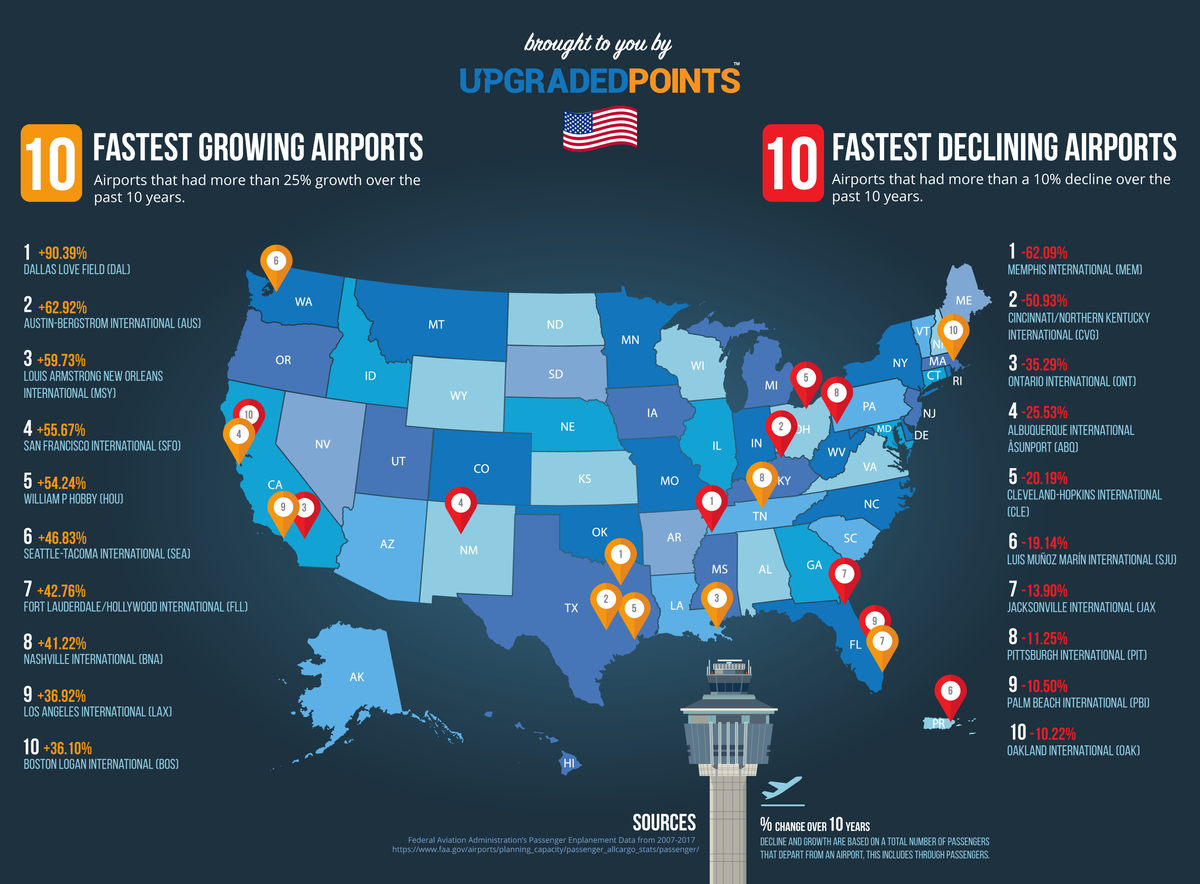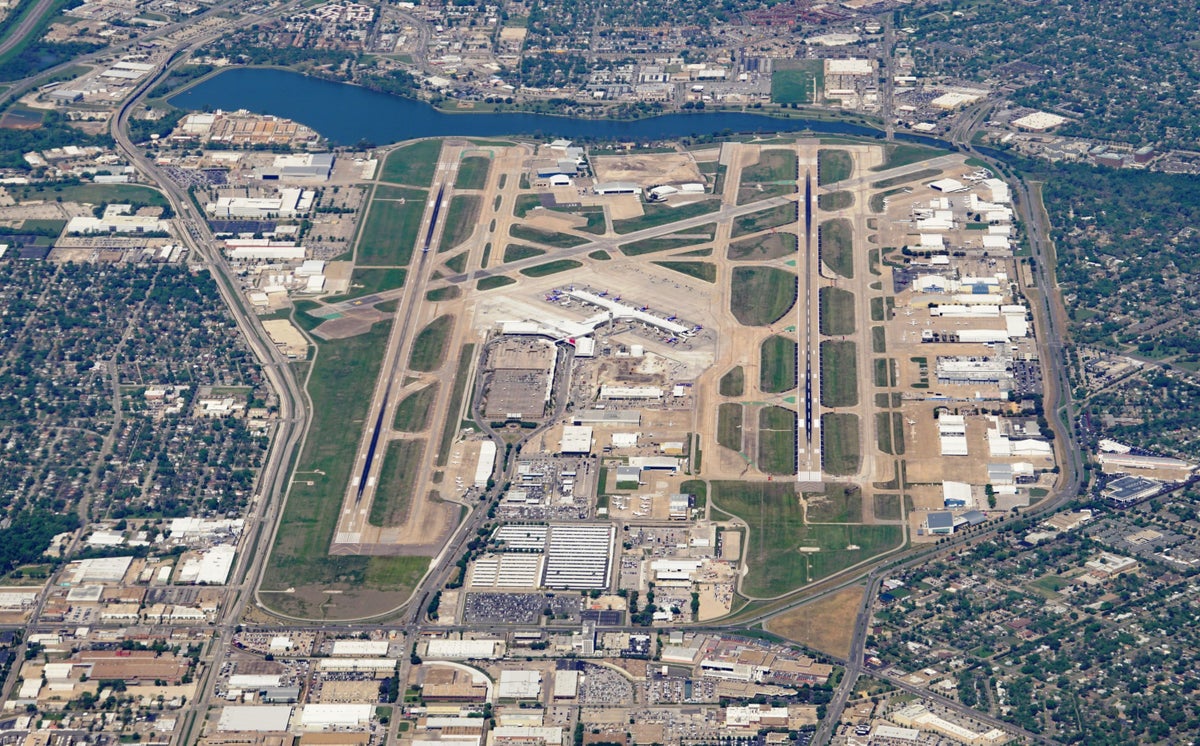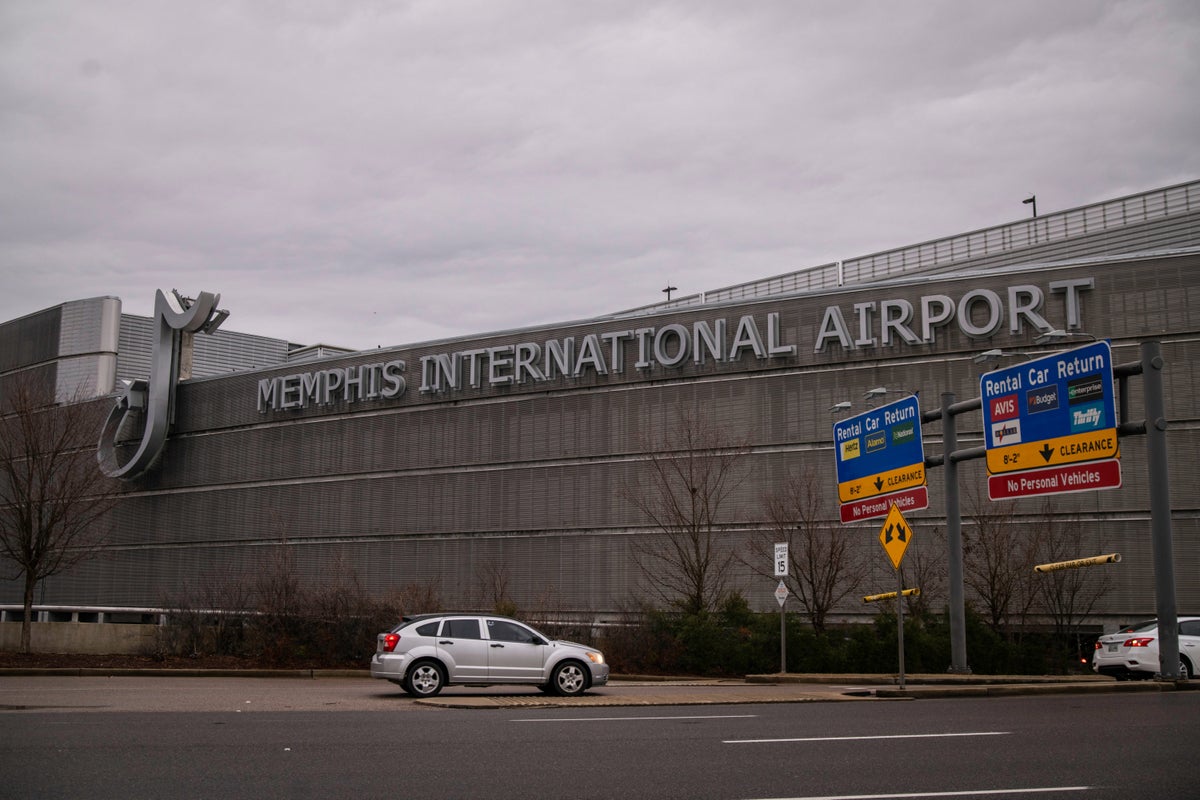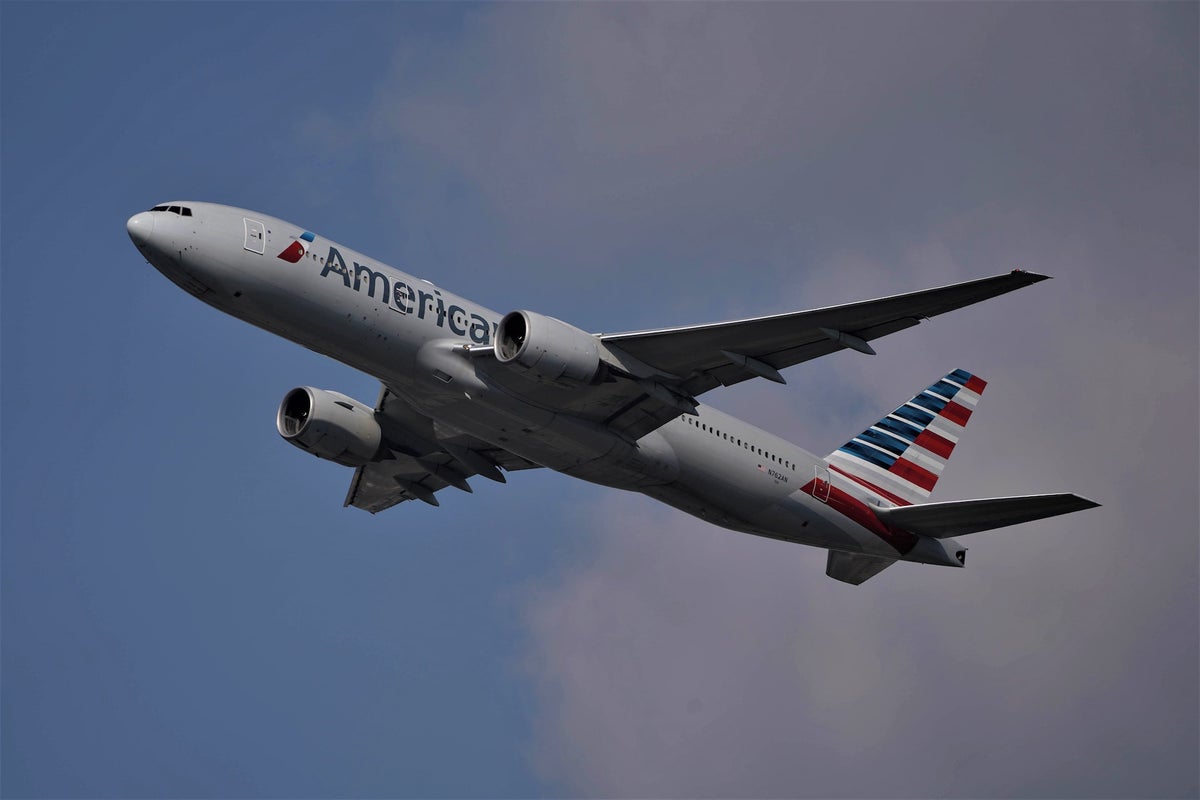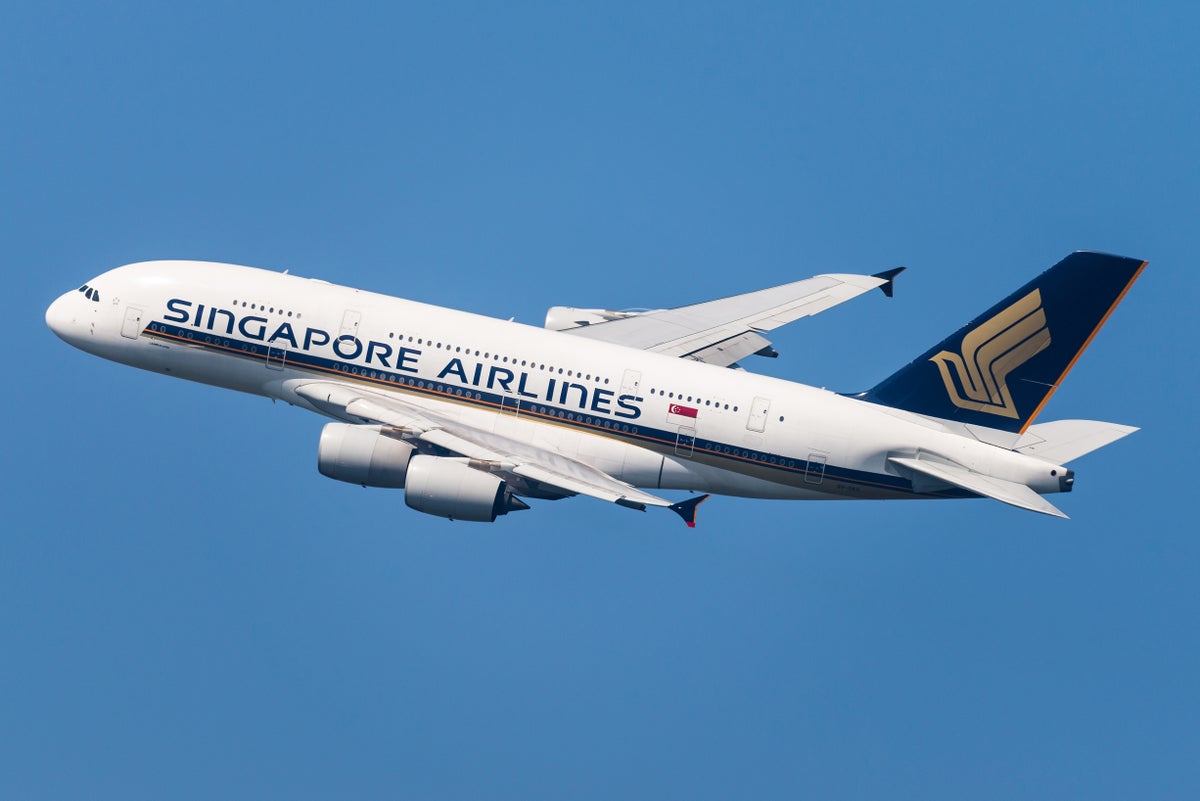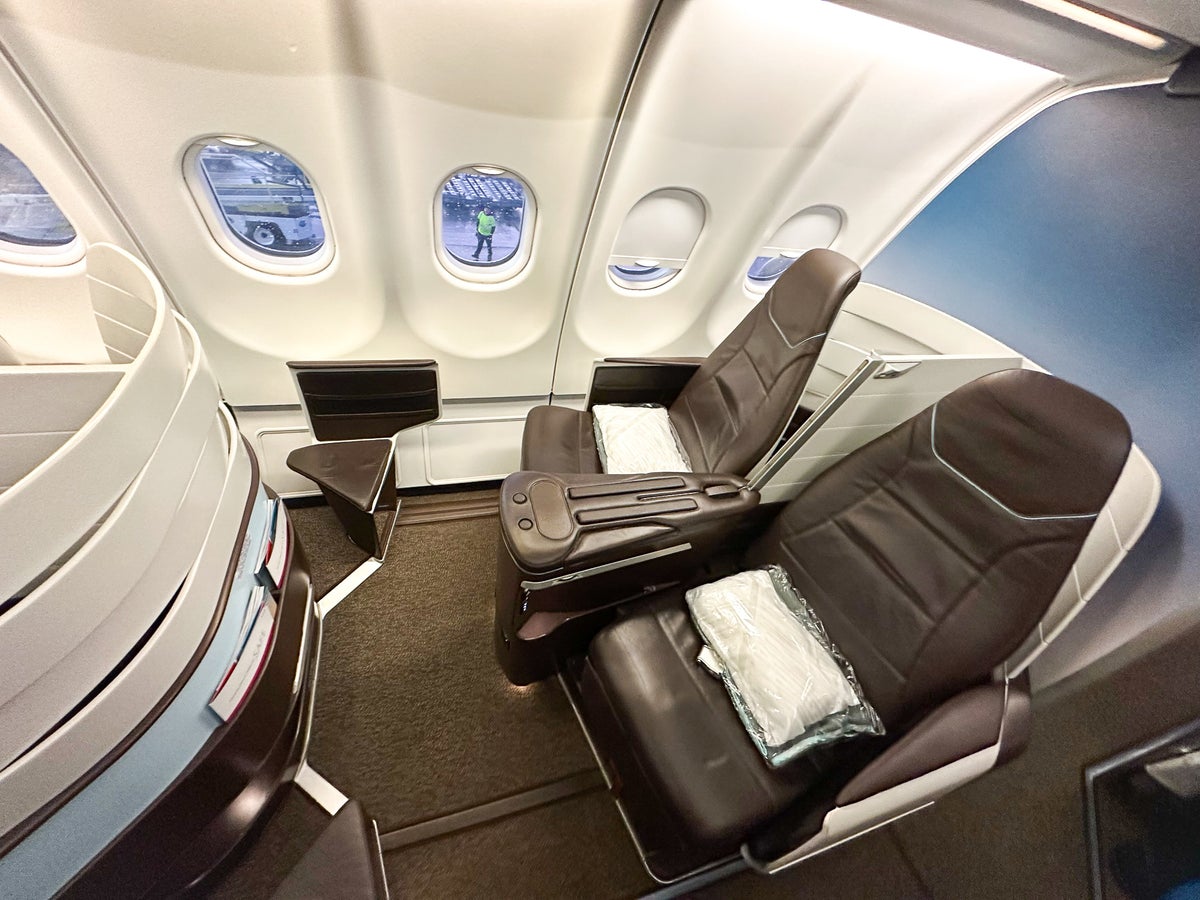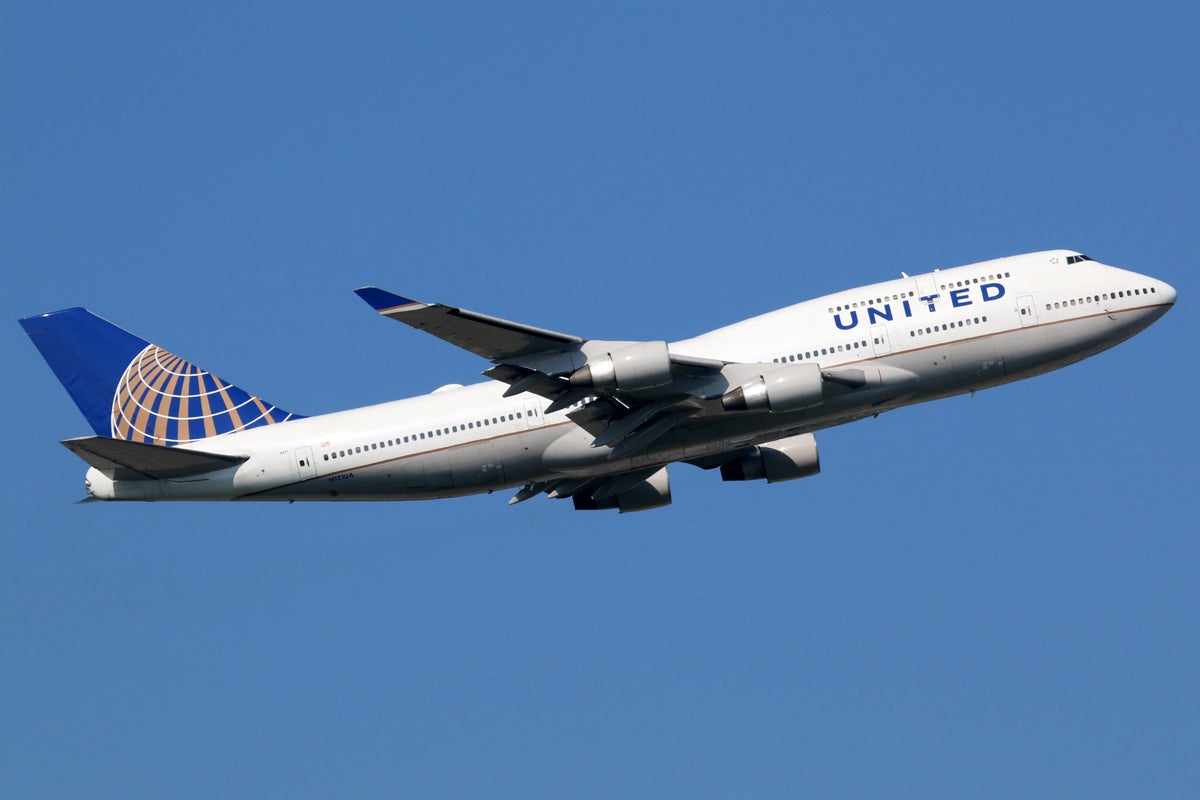Christy Rodriguez
Travel & Finance Content Contributor
89 Published Articles
Countries Visited: 36U.S. States Visited: 31
After having “non-rev” privileges with Southwest Airlines, Christy dove into the world of points and miles so she could continue traveling for free. Her other passion is personal finance, and is a cer...
Edited by: Kellie Jez
Kellie Jez
Director of Operations & Compliance
6 Published Articles 1223 Edited Articles
Countries Visited: 10U.S. States Visited: 20
Kellie’s professional experience has led her to a deep passion for compliance, data reporting, and process improvement. Kellie’s learned the ins and outs of the points and miles world and leads UP’s c...
![The 10 Fastest Growing & Declining Airports in the U.S. [Data-Driven Study]](https://upgradedpoints.com/wp-content/uploads/2018/10/AdobeStock_63437932.jpeg?auto=webp&disable=upscale&width=1200)
